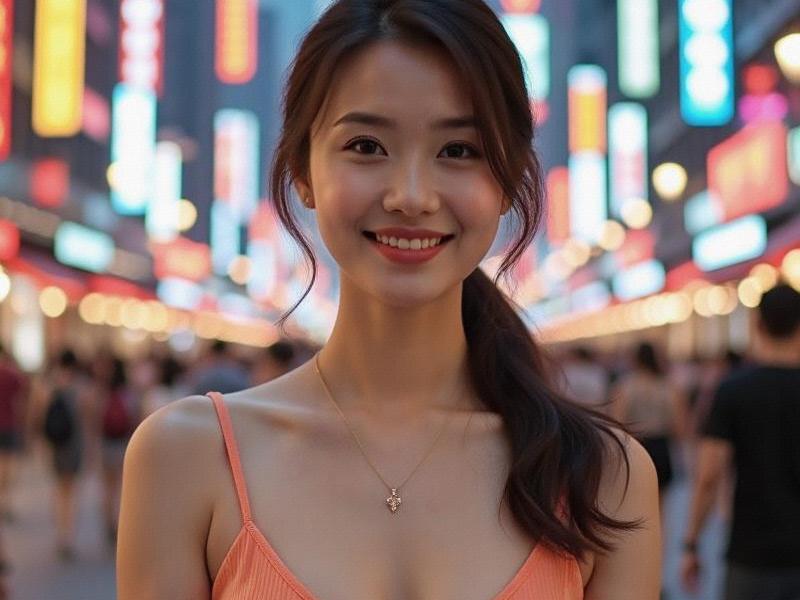This in-depth report explores how Shanghai is transforming from an economic powerhouse into a global cultural capital through innovative urban regeneration projects and creative industry development.

The scaffolding surrounding Shanghai's historic shikumen buildings tells only part of the story about the city's cultural transformation. Behind the restoration efforts and gleaming new art museums lies a more profound evolution - Shanghai's deliberate reinvention as a 21st century cultural capital that honors its past while embracing global creative currents.
The statistics reveal the scale of this renaissance. Shanghai now boasts 158 museums (a 300% increase since 2010), 42 professional theaters, and over 80 art galleries of international standard. The cultural and creative industries contribute 13.2% to the city's GDP, employing nearly 1.5 million workers in fields ranging from digital media to antique restoration.
At the heart of this transformation is the innovative adaptive reuse of industrial spaces. The West Bund cultural corridor, a 9.4-kilometer stretch along the Huangpu River, has converted former aircraft factories and cement plants into world-class cultural venues. The Tank Shanghai art complex, housed in repurposed aviation fuel tanks, attracted 2.3 million visitors last year. "We're writing industrial history into our cultural future," says chief curator Qiao Zhibing.
上海龙凤阿拉后花园
The creative energy extends beyond established institutions. In the backstreets of Jing'an district, over 200 independent design studios have transformed old lane houses into a thriving creative ecosystem. The "Micro-Community" project provides subsidized workspace for emerging artists alongside veteran craftsmen preserving traditional skills. "This cross-generational dialogue is creating a uniquely Shanghai aesthetic," observes cultural scholar Dr. Li Wen.
Global connections amplify local creativity. The recently opened UCCA Edge museum brings cutting-edge contemporary art to the heart of Shanghai's business district, while the Fosun Foundation's rotating exhibitions showcase Chinese artists alongside international stars. "Shanghai audiences are now among the world's most sophisticated," notes museum director Philip Tinari.
上海龙凤论坛爱宝贝419
The economic impact is equally impressive. The M50 art district generates over $150 million annually from gallery sales and related tourism. Nearby, the revitalized Columbia Circle has become a hub for creative businesses, housing 87 design firms and media companies in restored 1920s buildings. "Culture isn't just decoration here - it's a core economic driver," says economist Zhang Wei.
Education initiatives ensure sustainable growth. The Shanghai Institute of Visual Arts now partners with 22 international art schools for exchange programs, while vocational training centers produce skilled restorers and craftsmen. "We're building both the creators and the caretakers of Shanghai's cultural future," explains education official Chen Li.
上海龙凤419杨浦
Yet challenges persist. Rapid commercialization threatens some artistic spaces, and debates continue about balancing preservation with progress. "Not every old building needs to become a boutique hotel," warns heritage activist Wang Jing. "We must protect authentic community spaces too."
As Shanghai prepares to host the 2026 UNESCO Creative Cities Summit, its cultural evolution offers lessons for global cities worldwide. The Shanghai model demonstrates how economic powerhouses can cultivate rich creative ecosystems that honor history while embracing innovation. What emerges may redefine how we think about urban cultural development in the Asian century.